It will be interesting to understand how the different actors and tools, i.e. players, clubs, companies, products and images, have co-constructed the practice of padel and the associated market.
We have seen the elements necessary for the emergence of a social practice from a theoretical point of view. However this is possible thanks to a common factor which is the individual. Indeed, the individual will allow to interconnect the various elements allowing the construction of a social practice. If we take the example of Nordic walking, we can identify different actors to develop this practice.
First of all the networks of communities, indeed, Shove and Pantzar (2005), show that “the dense networks of Finnish sports communities provided a context in which Nordic walking could be invented, and the ingredients (in terms of already existing images, materials and know-how) will help with this. "(P55). The communities involved in the development of padel in France, for example clubs, offering a way to meet other people and thus create a network of sportsmen, websites offering players of padel to find other players but also tournaments allowing to acquire a name in the emergence of this new practice in France.
In addition, many associations and organizations are initially essential to the creation and establishment of a new sport in a territory. Indeed, this was the case for Nordic walking with its establishment in the United Kingdom thanks to organizations such as the “Association des Randonneurs, founded in 1905” but also “a range of specialist magazines and an enormous infrastructure of trails. public, popular guides, maps and itineraries ”. Thus, the emergence of a new practice goes through these different actors who are initially minimal but essential. We find this with the padel, where the construction of small infrastructures such as clubs or self-service pitches but also with the construction of a real movement on the networks and the creation of the largest magazine of padel in France " Padel Magazine ", Allowing people wanting to know more about this sport to access all types of information.
The product is for each practice a flagship product is essential in order to develop the sport and participate in it. For Nordic walking, Shove and Pantzar emphasize, “Those involved in trying to promote the practice, mainly distributors of imported poles, have a number of theories as to why this is. »(P55), in fact, suppliers are the key players in the emergence of the practice, they make it possible to import products or buy them from local producers in order to allow individuals to benefit from materials.
In this case, the flagship product of Nordic walking are poles, but for the padel several products will be necessary such as, for example, a racket, balls or sportswear. Thus, suppliers promote the realization of a new practice but also, as mentioned in part (1.3), investors.
As Shove and Pantzar (2005) point out, “Thinking about the development of Nordic walking, it is important to consider the circulation of images, materials and skills within and between different countries and cultures” (P56), because indeed it is difficult to understand why this practice was reinvented and why it was so successful years later. We can ask ourselves the same question for the padel, where a multitude of racquet sports already existed and were struggling to develop with the exception of tennis. Concerning padel which is strongly comparable to the emergence of Nordic walking, we can expect a strong development when this sport practice respects this theory.
Indeed, the addition of a new racquet sport on French territory is not an easy thing. Only as Suchman et al (1999) show, “the development of systems is not due to the creation of meaningful objects, but to the cultural production of new forms of practice” (P58), i.e. that the image of the practice is a much more important actor than the practice itself. This shows that the practice can only be conveyed and become a social practice if its image respects the 3 elements of the theory of social practice which are materials, meanings and skills.
In addition, all intentional decisions and actions, such as for example the production, publication of articles, construction of infrastructures, the taking over of the practice by solid institutions (FFT) but also the transmission of the practice by the communities and players, largely explain the success of the emergence of this new practice which is the padel.
As stated by Shove and Pantzar (2005) in their article, "It is no coincidence that the media coverage has been good or that the market share of Nordic walking poles in Central Europe is" particularly strong "" (P59), indeed, if all the elements of the creation of a practice are respected, and that the different actors allow the interconnection of these elements (materials, meanings and skills), media coverage and popularity of the practice should develop rapidly.
We see this with the padel where this new sporting practice has already had the opportunity to be covered in the media, in particular by the biggest daily channels such as BFM TV or French sports channels. This shows that the emergence of this new practice has followed the theoretical rules of the creation of a new social practice and can now expect the intervention of new actors allowing its development.
Student in Master 2 entrepreneurship and innovation at IESEG SCHOOL OF MANAGEMENT in Paris and passionate about sport, I decided to devote my end-of-study thesis to the emergence of padel in France as a sport and social practice and the associated market development. Having lived 22 years in Morocco and for 5 years in France, I am delighted to be able to share my skills.




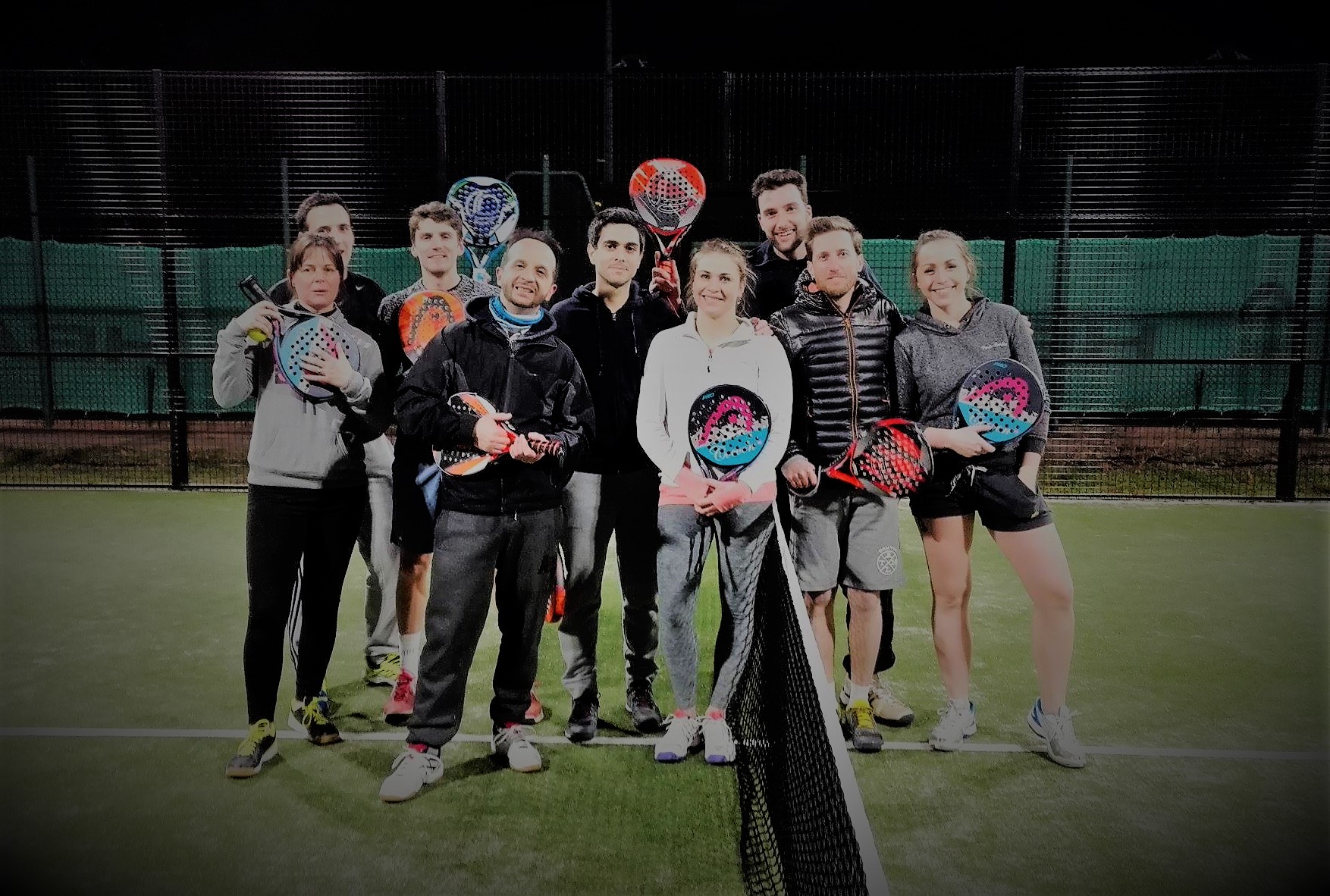
































































































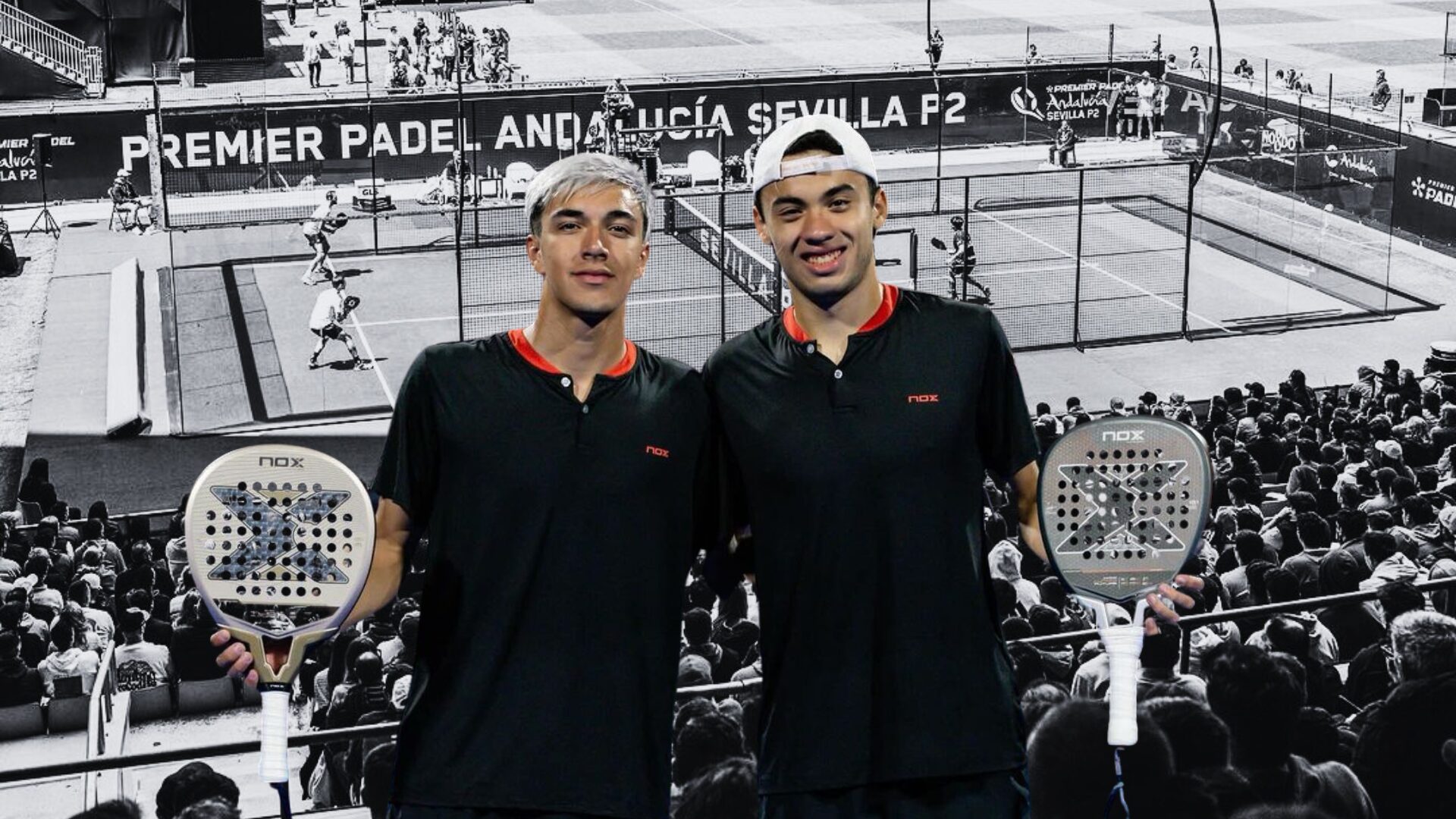 Premier Padel Sevilla P2 – Libaak and Augsburger eliminate Nieto / Sanz in just over an hour!
Premier Padel Sevilla P2 – Libaak and Augsburger eliminate Nieto / Sanz in just over an hour!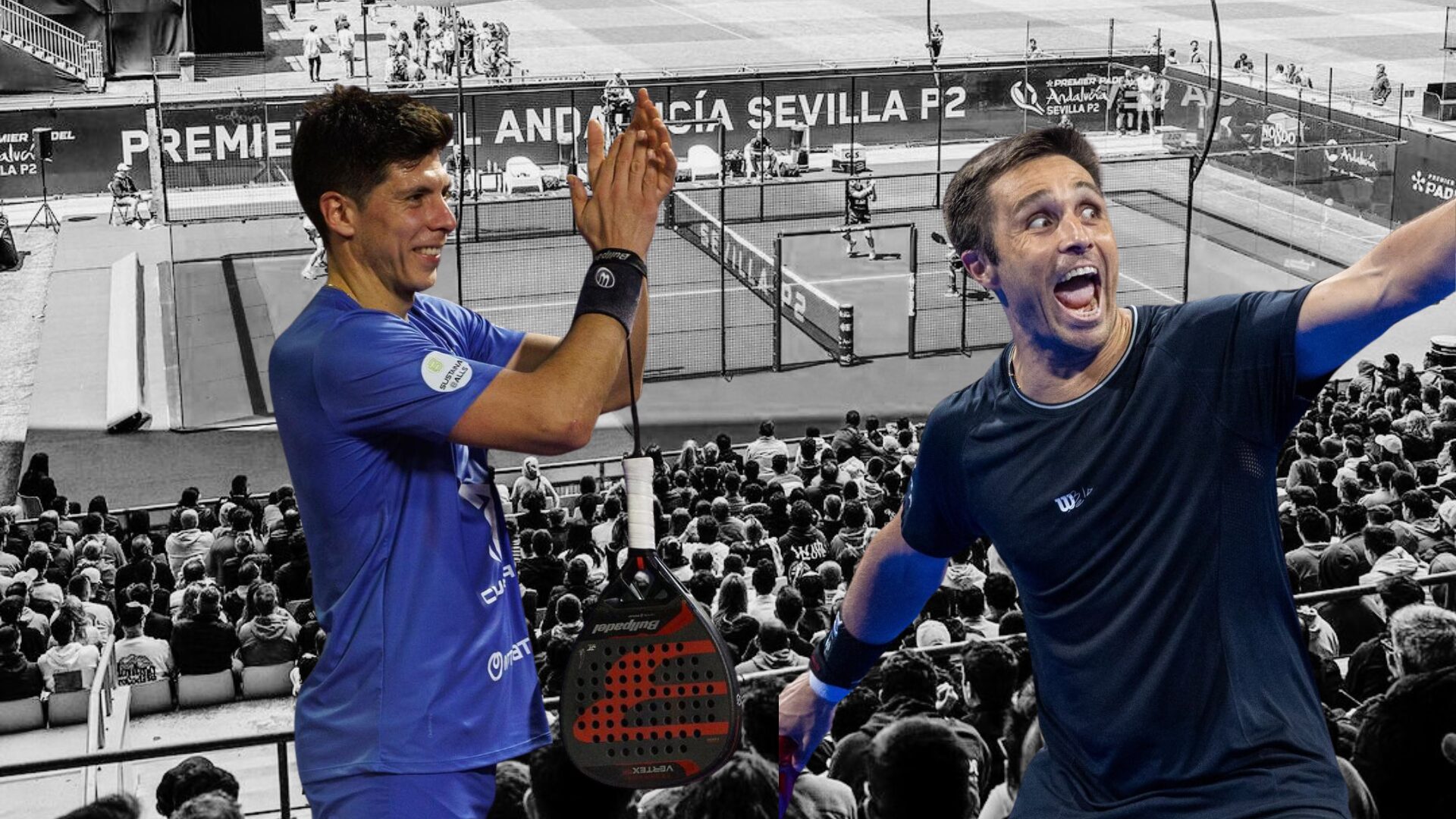 Premier Padel Sevilla P2 – Despite the rain, Bela and Tello win their first match together!
Premier Padel Sevilla P2 – Despite the rain, Bela and Tello win their first match together!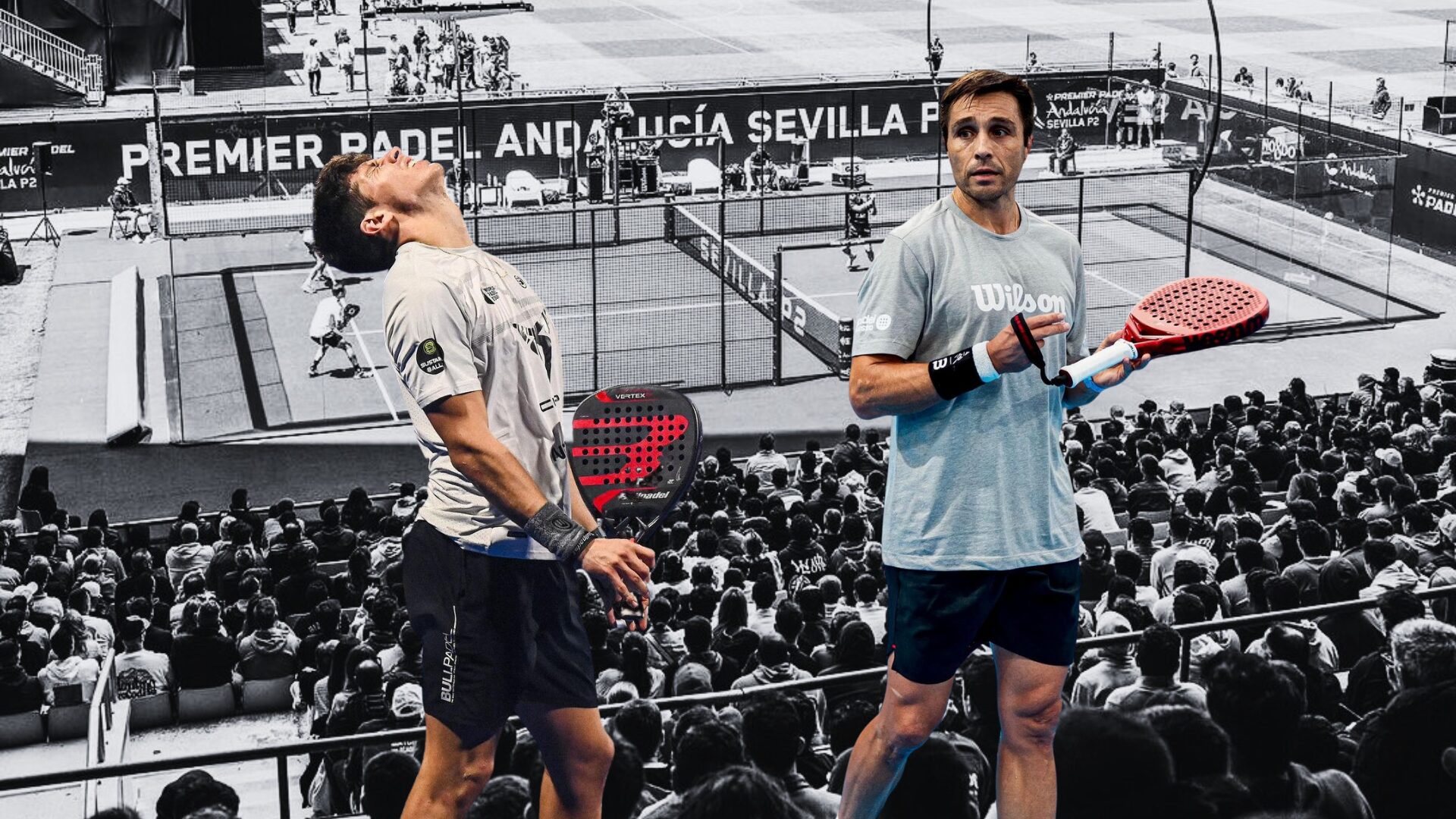 Premier Padel Sevilla Open – The rain prevents Bela and Tello from finishing the work…
Premier Padel Sevilla Open – The rain prevents Bela and Tello from finishing the work…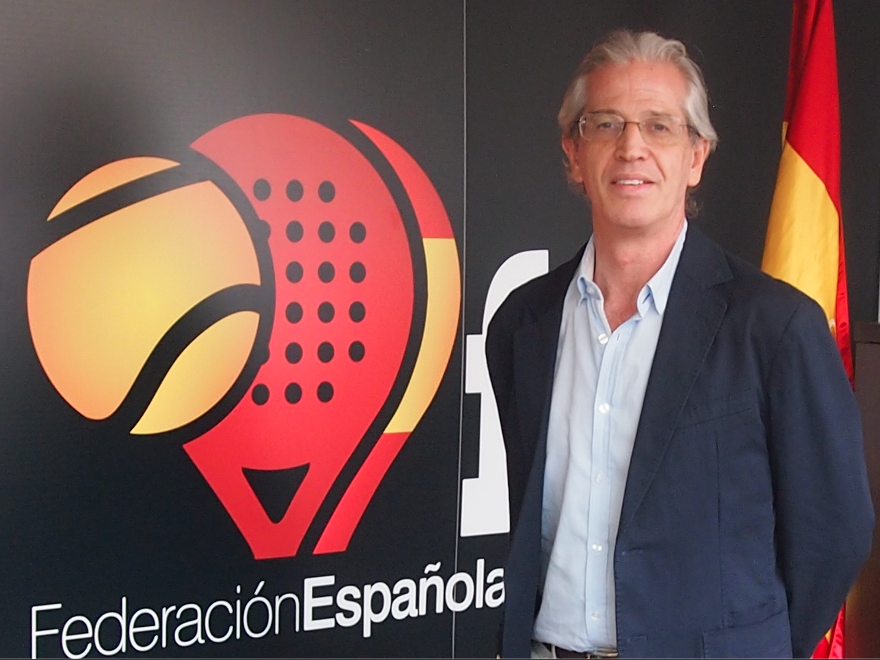 Ramón Morcillo: “I was surprised by France”
Ramón Morcillo: “I was surprised by France” Guillaume Codron: “South Padel, a family project”
Guillaume Codron: “South Padel, a family project” Nallé Grinda: “Democratize the padel in the USA with PadelX "
Nallé Grinda: “Democratize the padel in the USA with PadelX " Simon Boissé: “We know that there are two nations in front of us”
Simon Boissé: “We know that there are two nations in front of us”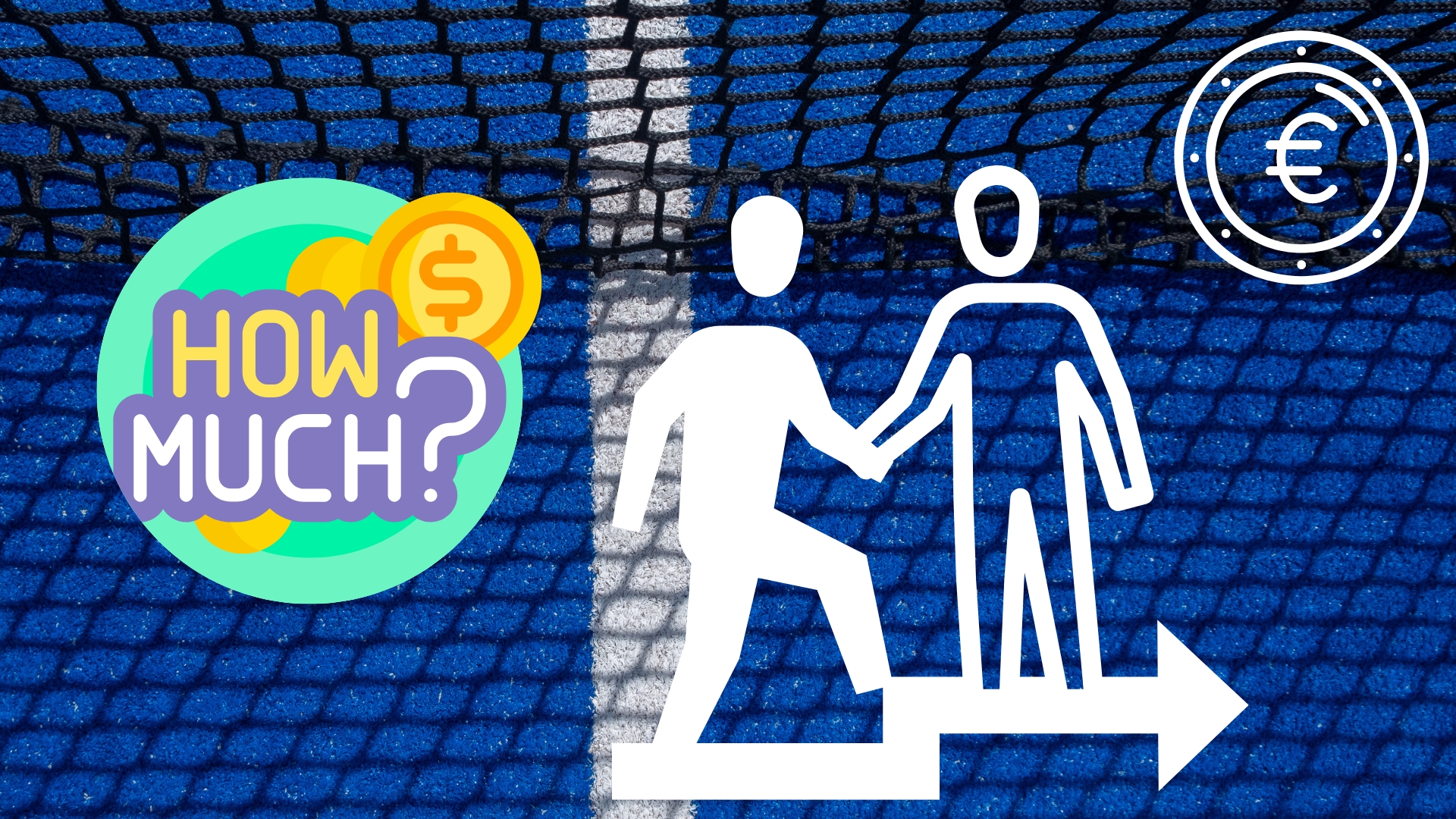 How much does it cost to play with a pro or a coach in a tournament?
How much does it cost to play with a pro or a coach in a tournament? TeamUp! Talents welcomes a new partner: Padel MagTV
TeamUp! Talents welcomes a new partner: Padel MagTV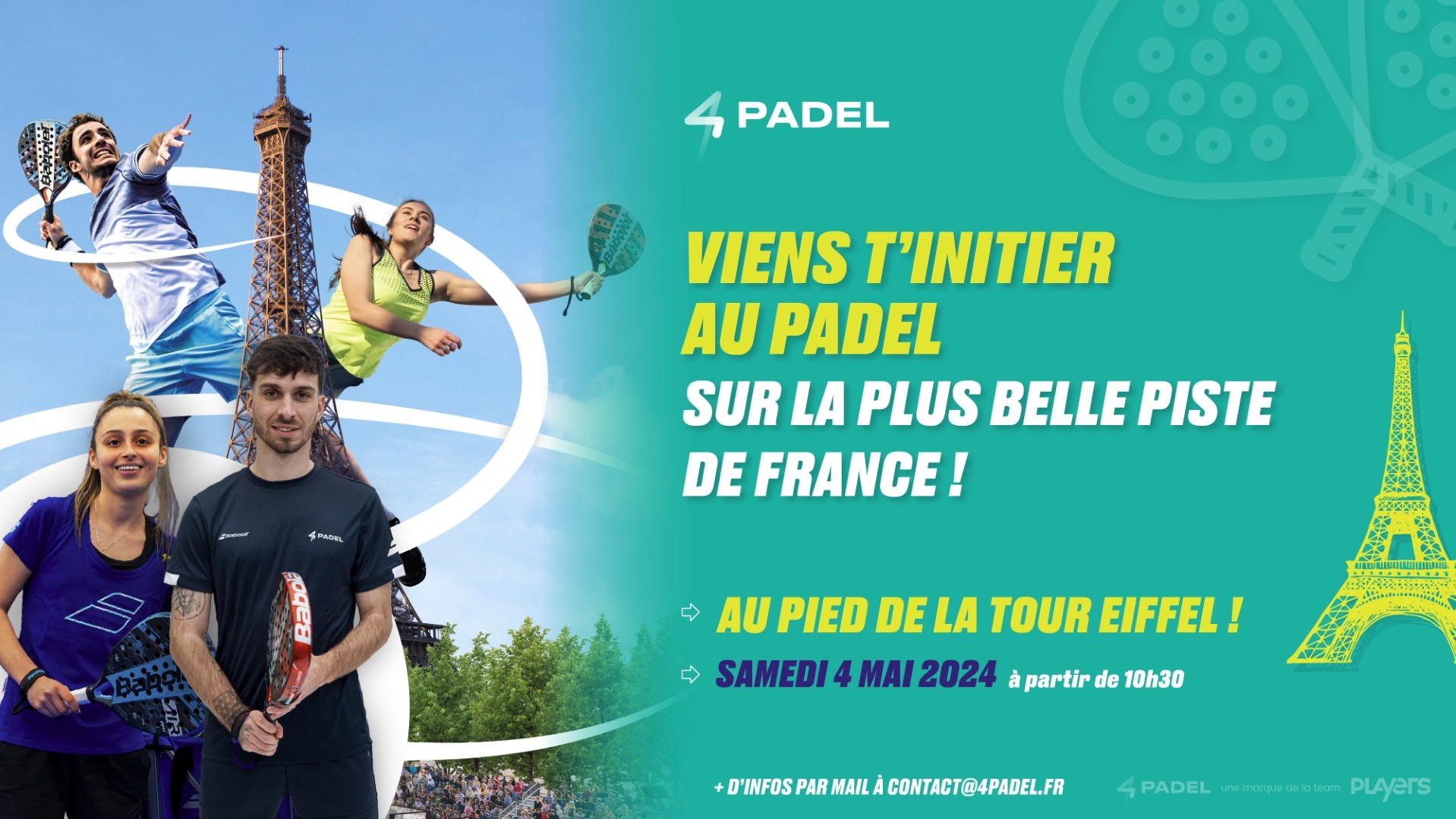 Betclic Remontada Padel : an initiation planned at the foot of the Eiffel Tower
Betclic Remontada Padel : an initiation planned at the foot of the Eiffel Tower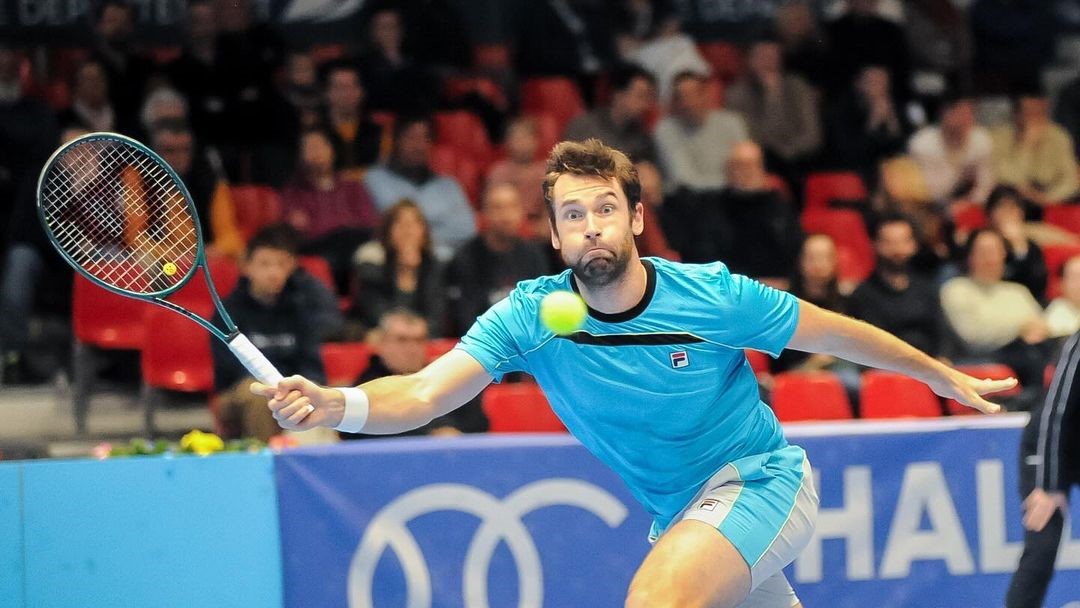 Quentin Halys takes a break with a P250 title
Quentin Halys takes a break with a P250 title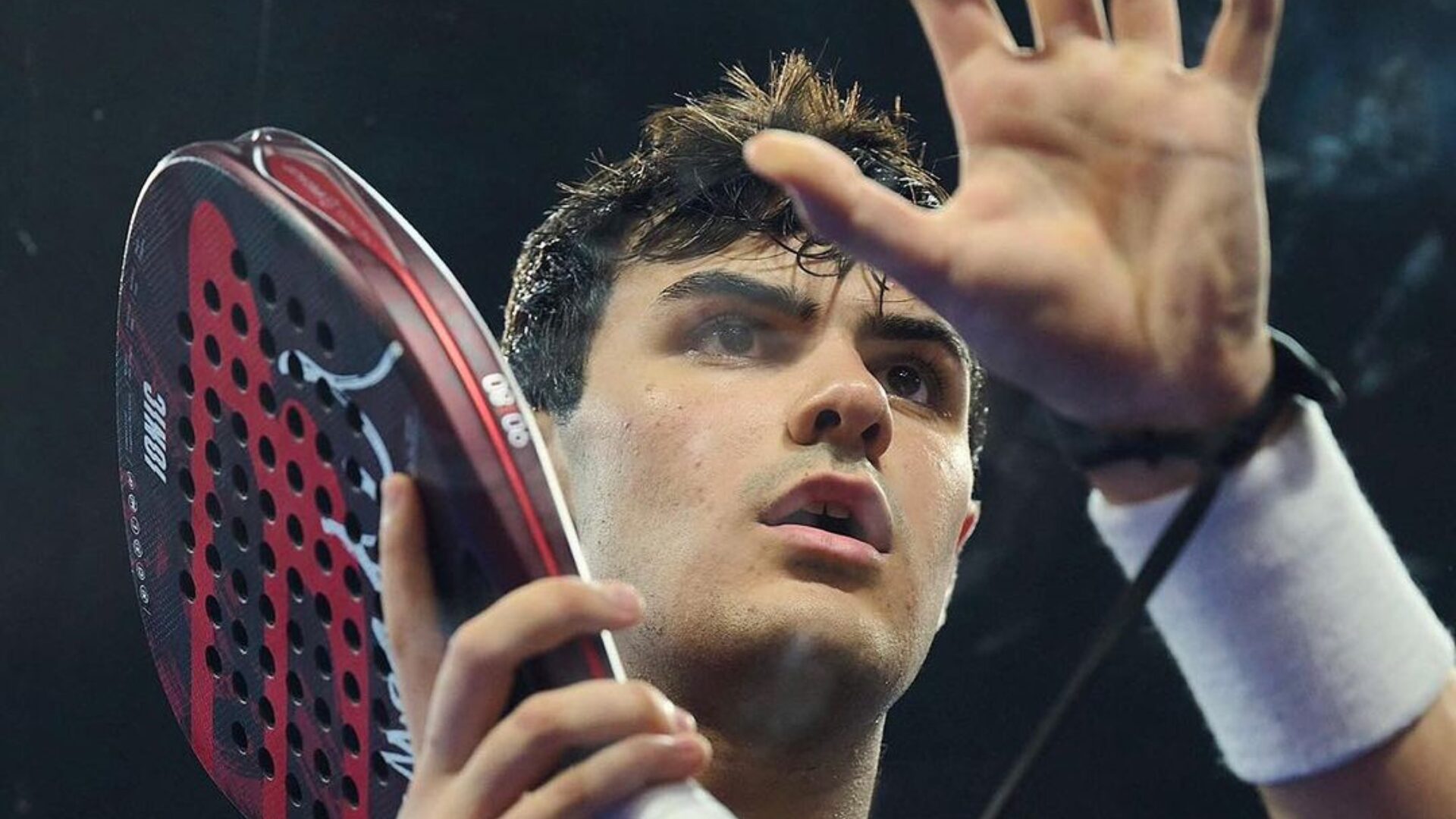 Pablo Cardona, a very big future?
Pablo Cardona, a very big future?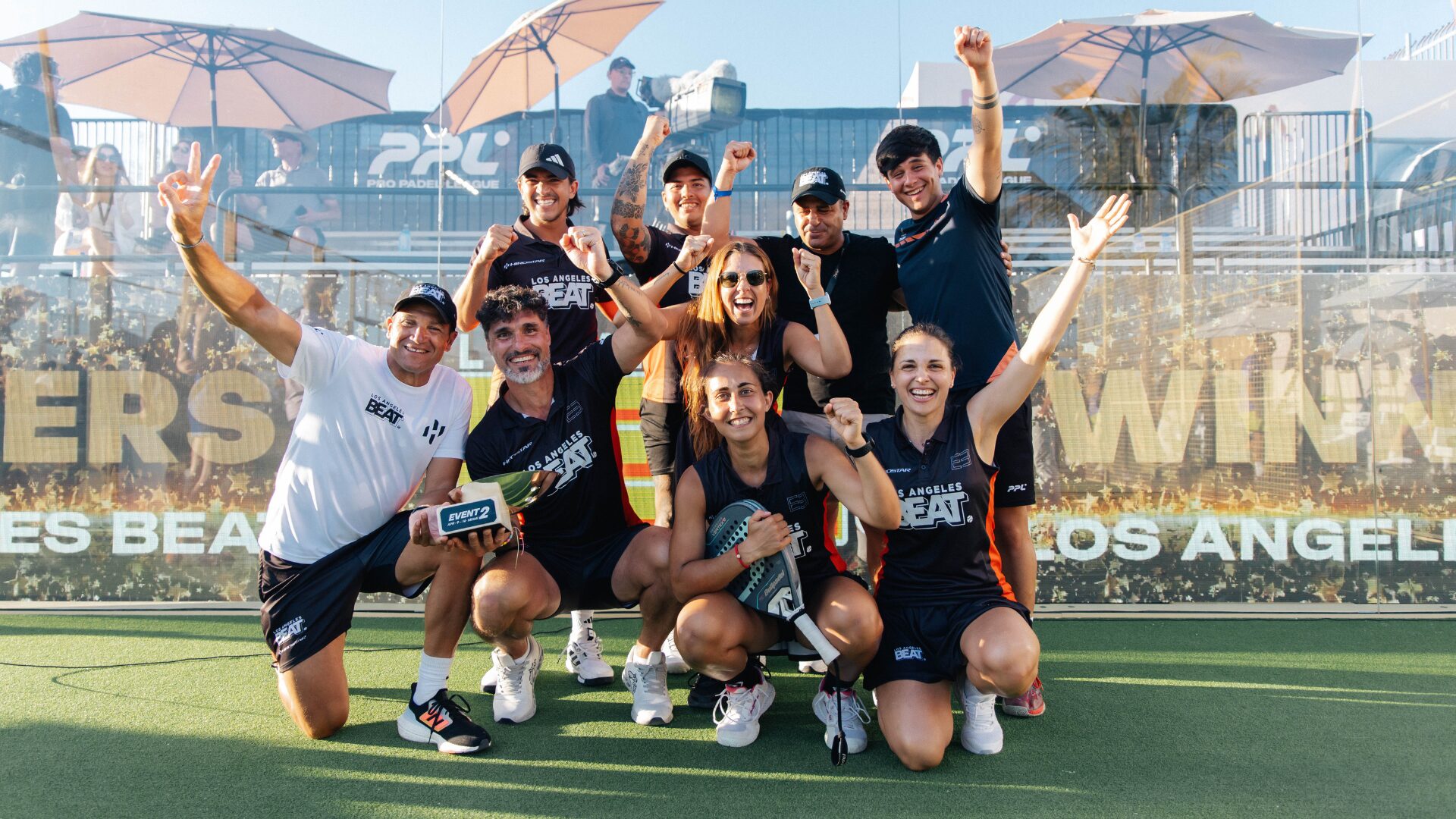 Pro Padel League: update on the ranking after the first two stages
Pro Padel League: update on the ranking after the first two stages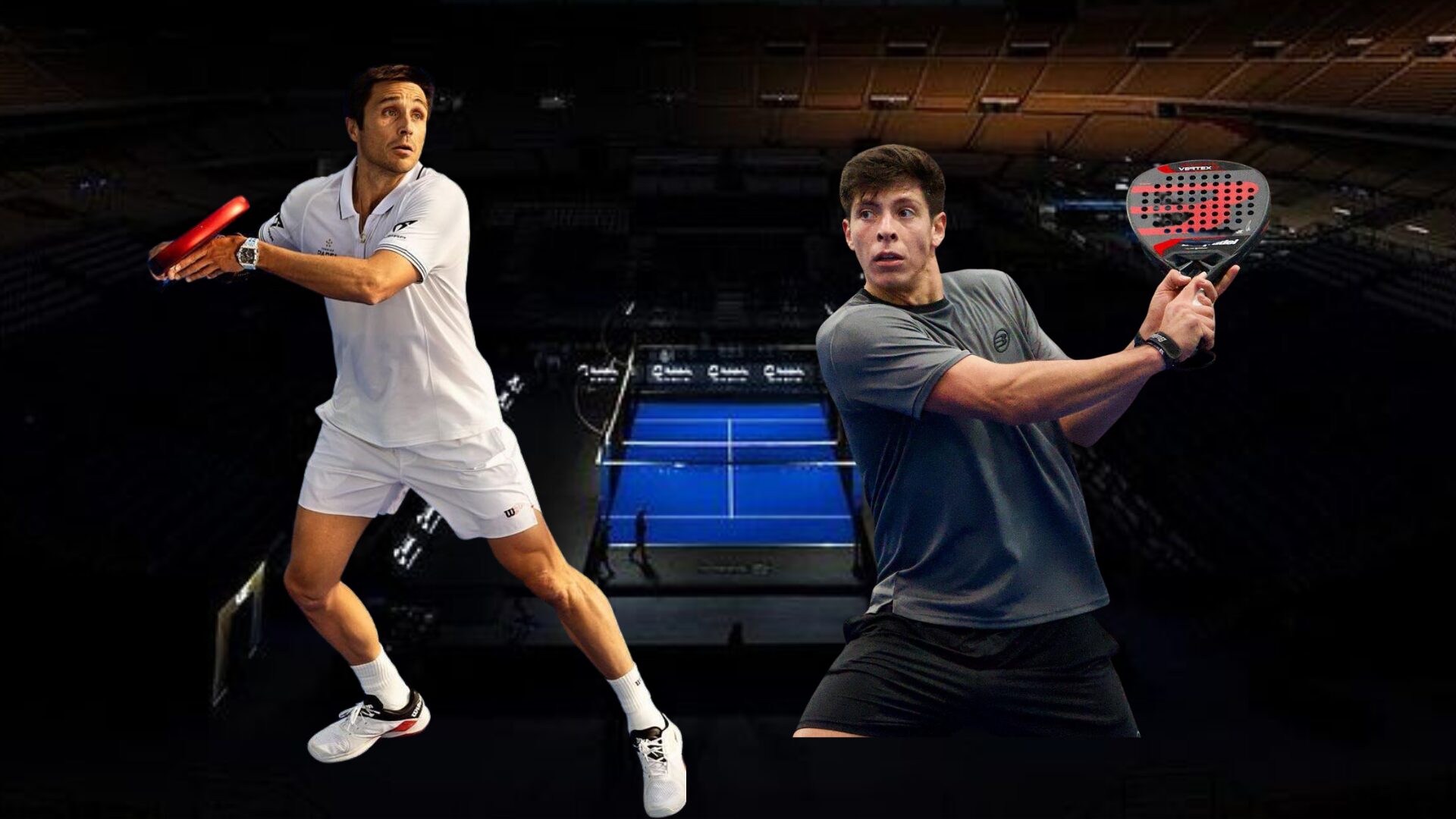 Where and when to see the very first match of the Belasteguin / Tello pair?
Where and when to see the very first match of the Belasteguin / Tello pair? Ultra-luxurious residences with ski slopes padel floating in Dubai
Ultra-luxurious residences with ski slopes padel floating in Dubai José Manuel Escin at the inauguration of Casa Padel DOS: “Finally, and thank you!”
José Manuel Escin at the inauguration of Casa Padel DOS: “Finally, and thank you!” Padel Score comes to Tahiti for American Express Padel Cup!
Padel Score comes to Tahiti for American Express Padel Cup! Do you know the Rafa Nadal Academy Tour?
Do you know the Rafa Nadal Academy Tour? Brussels Premier Padel P2 – the final in stats
Brussels Premier Padel P2 – the final in stats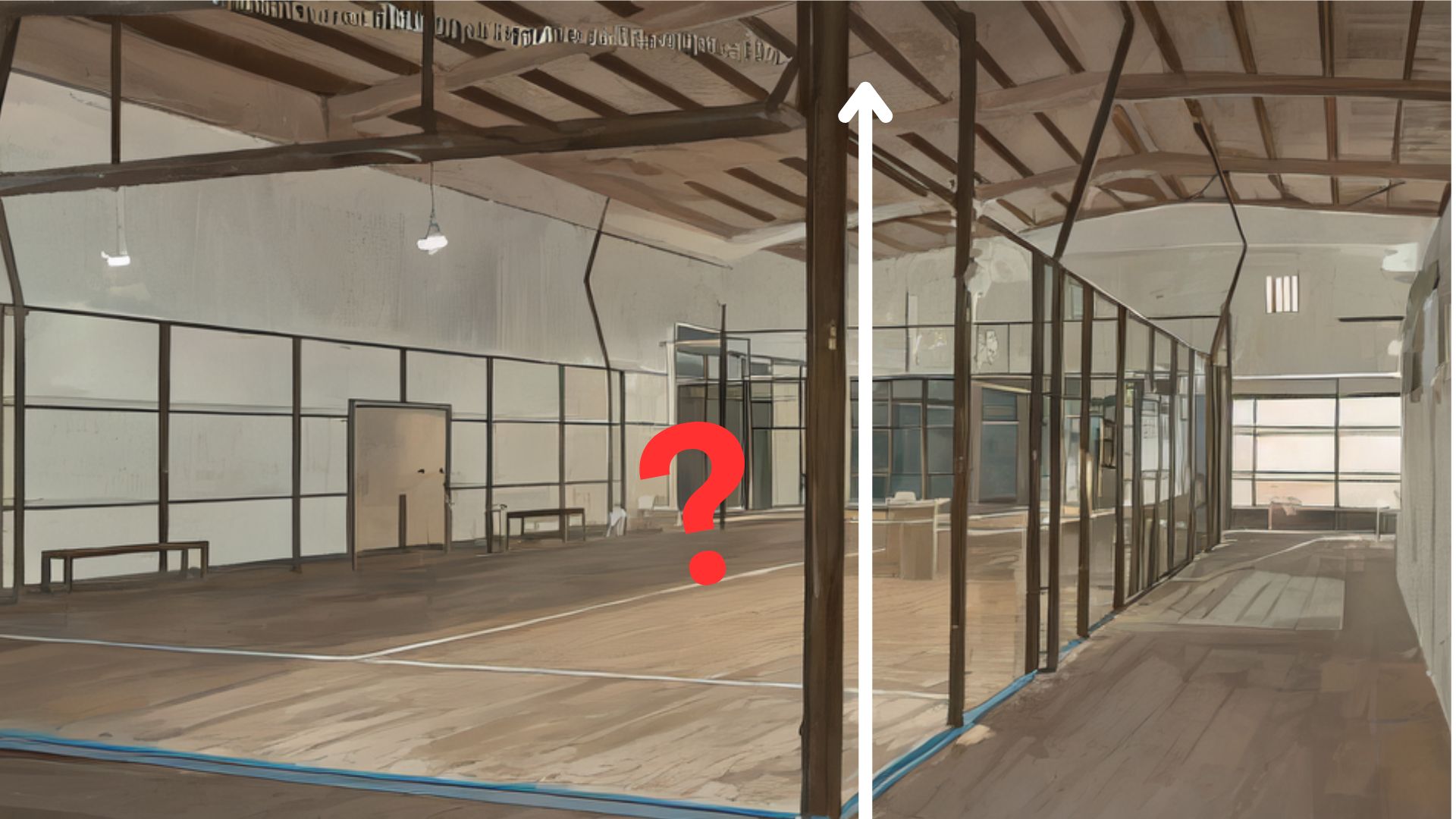 Find out everything about the dimensions of a plot of land padel
Find out everything about the dimensions of a plot of land padel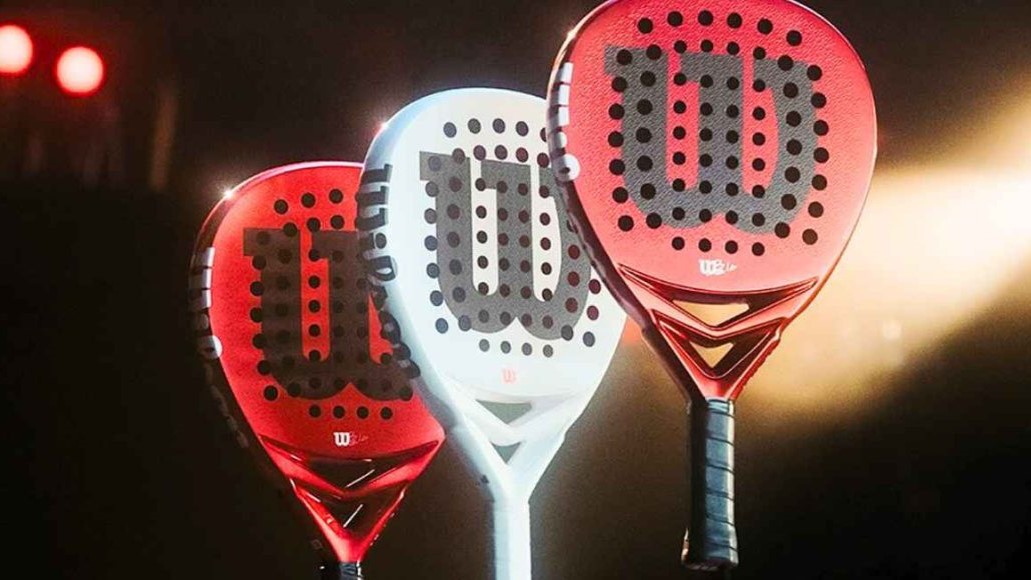 Presentation of the Wilson Bela V2.5 collection
Presentation of the Wilson Bela V2.5 collection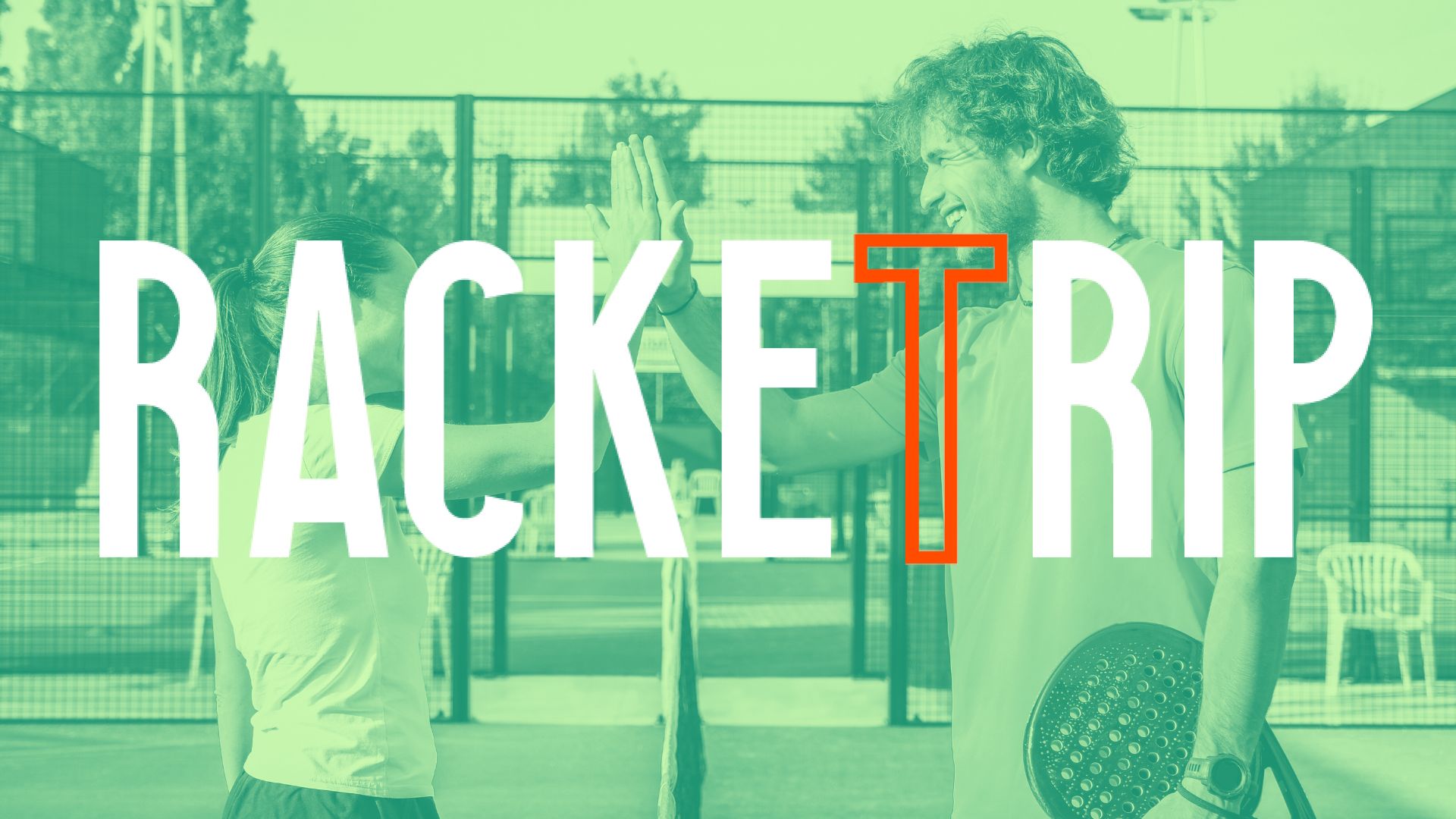 The LinkedIn of racquet sports: Racket Trip
The LinkedIn of racquet sports: Racket Trip At the heart of padel – Episode 25: Paul and Andoni answer your questions
At the heart of padel – Episode 25: Paul and Andoni answer your questions At the heart of padel – Episode 23: defend the window well
At the heart of padel – Episode 23: defend the window well Prohibition on playing topless Padel : the reasons
Prohibition on playing topless Padel : the reasons FIP Tour – Going far from Europe, THE strategy to earn points!
FIP Tour – Going far from Europe, THE strategy to earn points! What is a good football player? padel ?
What is a good football player? padel ? “Lefties give me headaches when I play against them!”
“Lefties give me headaches when I play against them!” At the heart of padel – Episode 14: how to earn points in winter?
At the heart of padel – Episode 14: how to earn points in winter? The basic tactics of padel
The basic tactics of padel A par 4 is always a winner...even if you manage to defend it!
A par 4 is always a winner...even if you manage to defend it! Carbon fiber VS fiberglass: what to choose?
Carbon fiber VS fiberglass: what to choose? How to effectively test a racket padel ?
How to effectively test a racket padel ? La padel to fight Parkinson's disease
La padel to fight Parkinson's disease Don't play with a cracked or broken racket, your body will thank you!
Don't play with a cracked or broken racket, your body will thank you! Michel Cymes: “The padel, physically, it’s serious!”
Michel Cymes: “The padel, physically, it’s serious!” Our Top 10 training courses padel in France and Europe
Our Top 10 training courses padel in France and Europe Jeremy Gala: “Promote the padel among young people in Belgium remains a challenge”
Jeremy Gala: “Promote the padel among young people in Belgium remains a challenge” The French Touch Academy organizes its selection day Padel-Study
The French Touch Academy organizes its selection day Padel-Study Report on the detection and training of younger generations
Report on the detection and training of younger generations